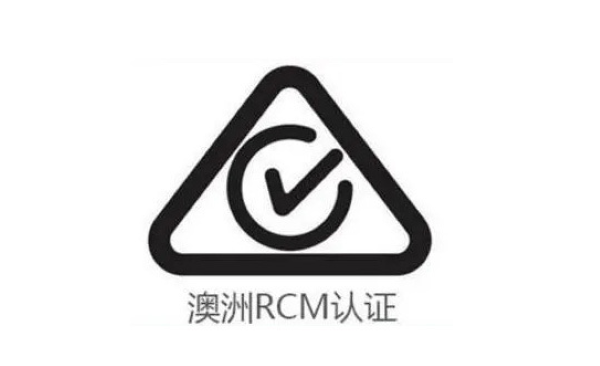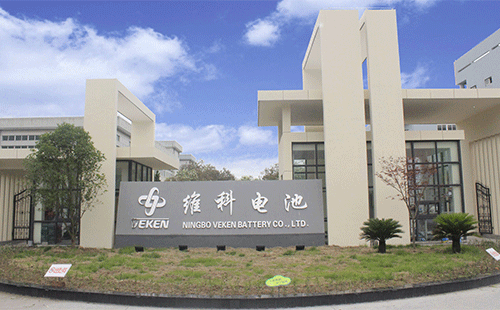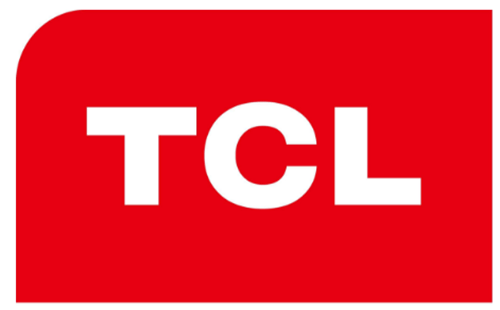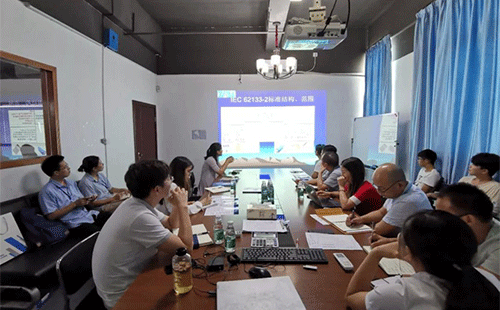On May 20, 2022, the European Commission published an Initiative on restricted substances under the RoHS Directive on its official website. The proposal plans to add tetrabromobisphenol-A (TBBP-A) and medium-chain chlorinated paraffins (MCCPs) to the list of RoHS restricted substances. And according to the program, the final adoption time of this plan is planned to be completed in the fourth quarter of 2022, and the final control requirements will be subject to the final decision of the European Commission.
As early as March 2021, the EU RoHS assessment agency released the final assessment report of Pack 15 of the RoHS consultation project, which included tetrabromobisphenol A (TBBP-A) and medium-chain chlorinated paraffins (MCCPs). Seven substances were evaluated, and tetrabromobisphenol A (TBBP-A) and medium-chain chlorinated paraffins (MCCPs) were finally recommended to be included in the list of restricted substances in Annex II of RoHS.
The details of the substances recommended for inclusion in the restricted list are as follows:

About Medium Chain Chlorinated Paraffins (MCCPs) and Tetrabromobisphenol A (TBBP-A)
Medium Chain Chlorinated Paraffins MCCPs (including straight or branched chain chlorinated paraffins with carbon chain lengths C14-C17)
Toxicity: including reproductive toxicity, aquatic toxicity. Stakeholders believe that MCCPs meet the characteristics of PBT (persistence, bioaccumulation, toxicity) and vPvB (high persistence and high bioaccumulation) in REACH regulations, and were added to the SVHC candidate substance list in July 2021;
Function: Similar to SCCP, it is a plasticizer with flame retardant function. Commonly found in PVC, soft plastics, rubber materials, coatings, adhesives, sealants, especially wire and cable. There are alternatives on the market for MCCPs used as plasticizers and flame retardants;
Environmental hazards: The disposal of electrical and electronic products and the recycling of PVC materials will cause unacceptable risks to human health and the environment. MCCPs in soil and water sediments may cause secondary poisoning of organisms after entering the food chain.
Tetrabromobisphenol A (TBBP-A)
Toxicity: The EU is evaluating TBBP-A for its endocrine disrupting properties and PBT properties;
Function: used as reactive flame retardant in electrical and electronic products;
Environmental Hazard: A common pollutant that is frequently detected in the environment. Disposal and recycling of electrical and electronic products may pose unacceptable risks to workers, and may also generate hazardous residues or transformation degradation products that can lead to uncontrolled release into the environment.
Reminder
For MCCPs and TBBP-A, once added to the control, it will have a significant impact on electrical and electronic related enterprises. ZRLK recommends that relevant companies improve their risk awareness of their products, always pay attention to the updates of relevant laws and regulations, formulate control plans suitable for their own companies, and determine the content of hazardous substances in products through tests or supply chain investigations to reduce product export risks.












